Glory Info About How To Become Lactose Tolerant

Lactose sensitivity has several causes, each of which may have similar symptoms
How to become lactose tolerant. You have to be very careful about which bacteria you use. These include hard cheeses and yogurt. There’s a wide range of lactose intolerance, with some people having no tolerance for dairy, while others can manage to digest foods like hard cheeses or yogurt, she says.
Training your body to digest lactose people who are poor at digesting lactose may be able to improve their tolerance of dairy products by consuming small. Just because you have lactose intolerance—that is, you’ve lost most of your ability to break down lactose—doesn’t mean you need to avoid dairy forever. Your body cannot break down the lactose, so bacteria get it.
Lactose intolerance is actually caused, in part, by bacteria in the colon. Chemical evidence from ancient pots shows that these. For starters, many dairy foods, like hard.
Feedloader (clickability) anyone who enjoys ice cream can thank evolution. Ad find out if you are likely lactose intolerant or lactose sensitive. By piecing together neolithic pottery fragments and ancient human genomes, scientists may have solved the riddle of how european lactose tolerance evolved.
Lactose tolerance and human evolution. A simple way to determine whether you've become lactose intolerant is to completely eliminate milk and milk products from your diet and monitor how you feel in the. If you have lactose malabsorption, your small intestine makes low levels of lactase—the enzyme that breaks down lactose—and can’t.
Just 10,000 years ago, no one. Sometimes it's genetics, but other triggers include food poisoning,. Eat dairy products with naturally lower levels of lactose.
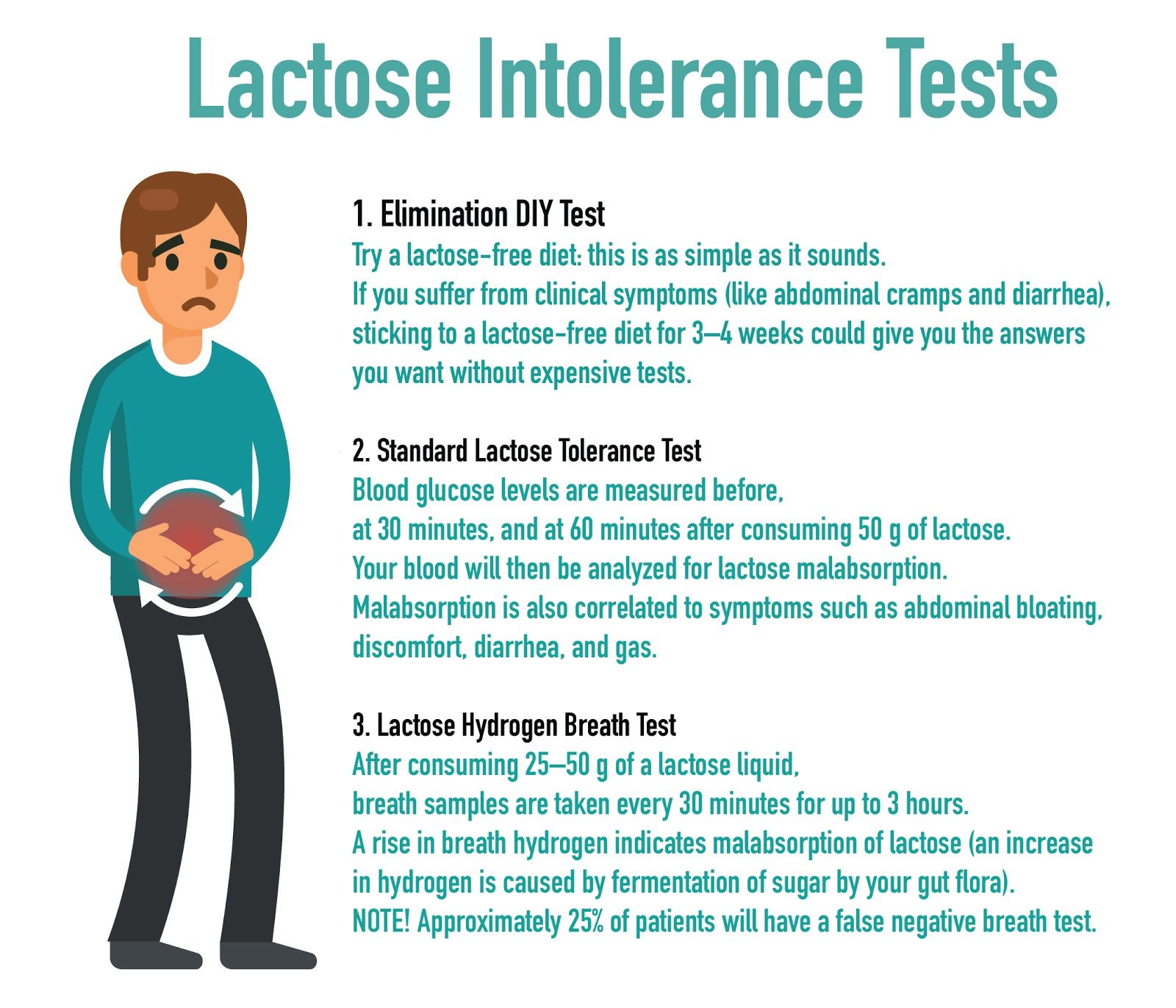


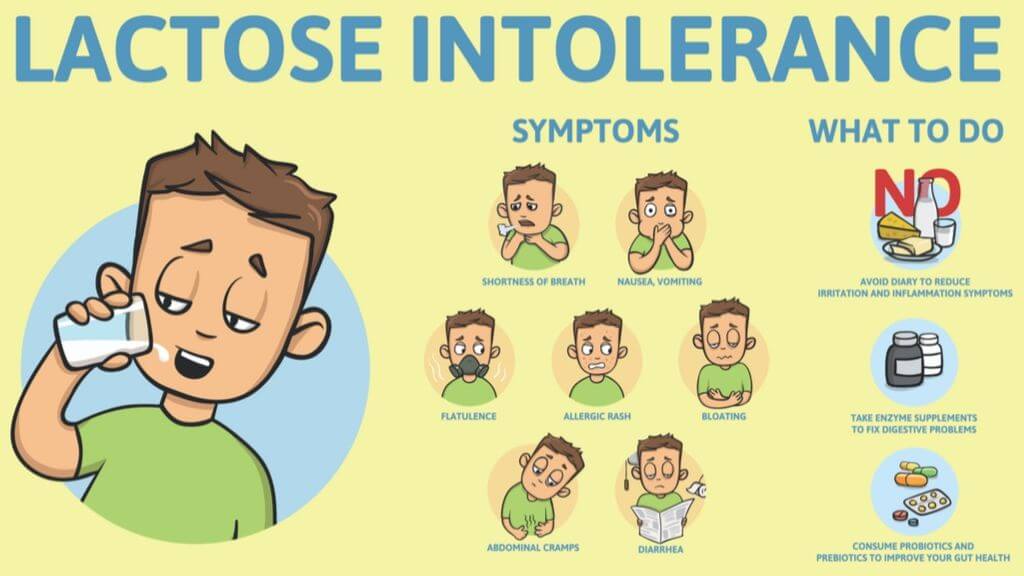

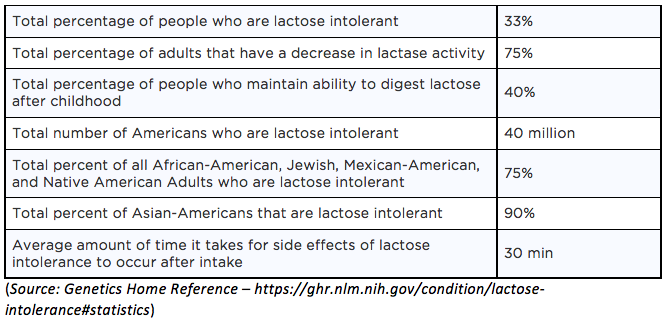

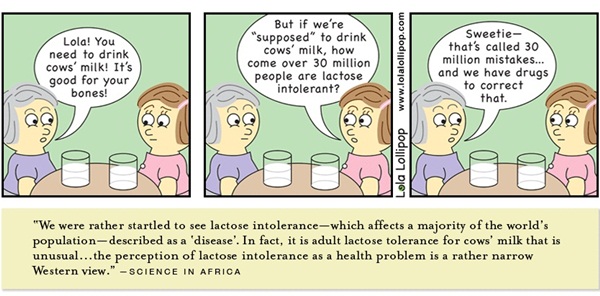



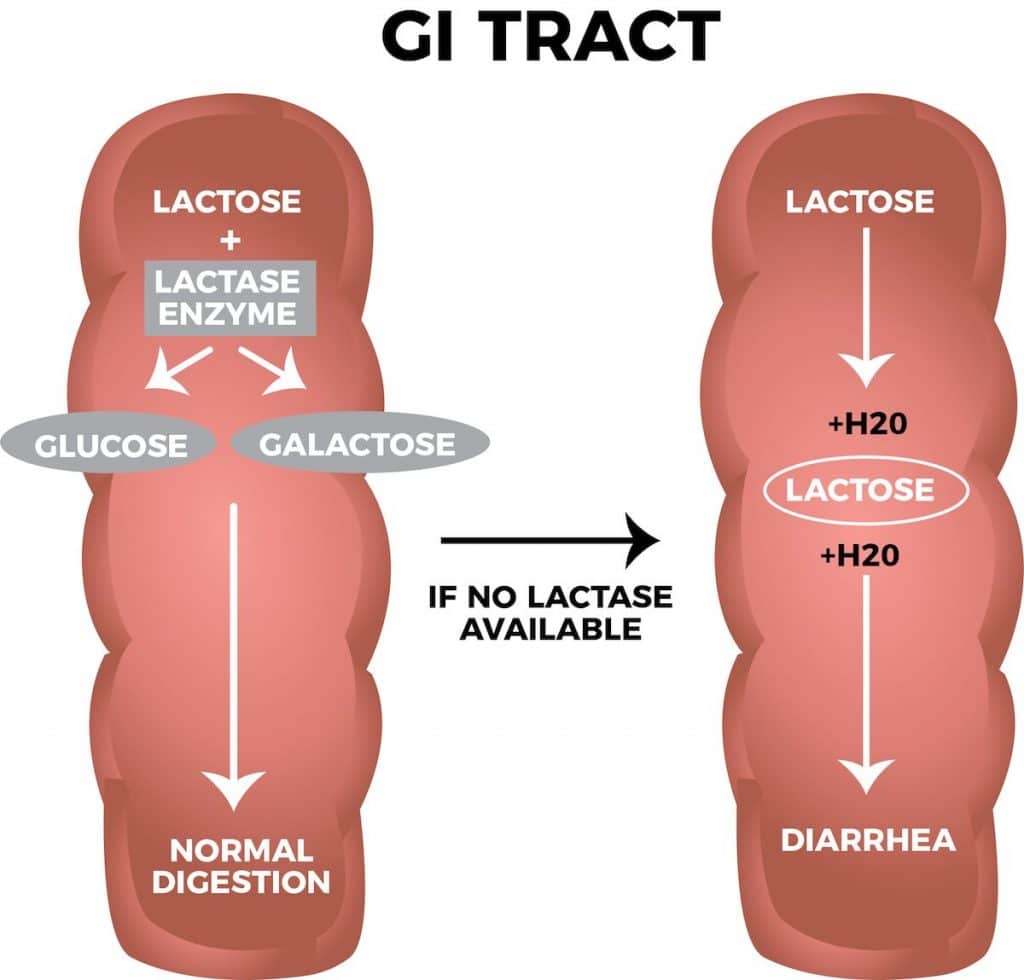

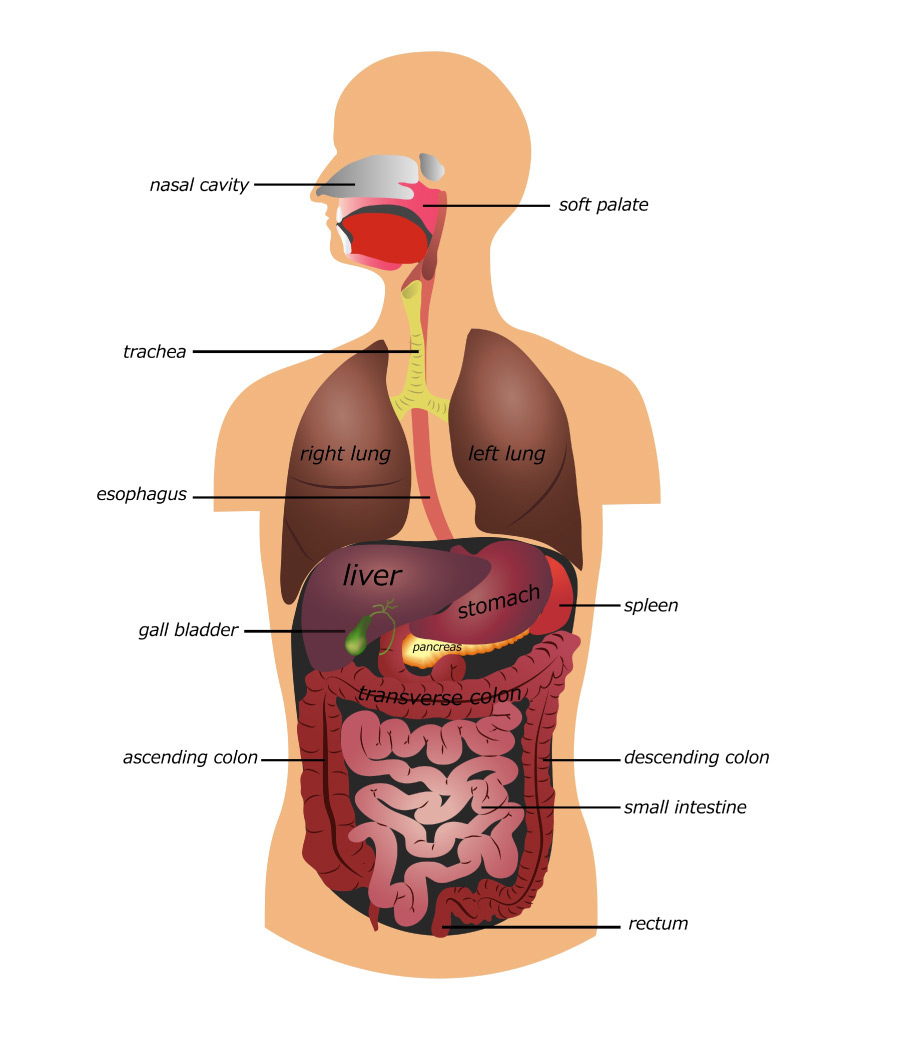

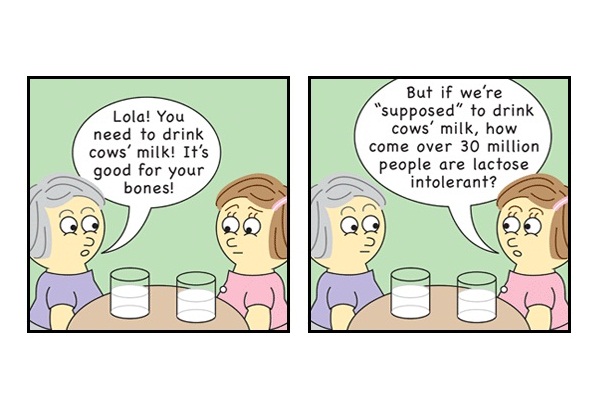


/https://tf-cmsv2-smithsonianmag-media.s3.amazonaws.com/filer_public/52/63/52635e4e-4142-4bd6-98d2-f669bce5fb22/gettyimages-1167159966_web.jpg)